ITALASIAN (이딸라시안)
944.1M 2021-08-09
91, Saemunan-ro, Jongno-gu, Seoul
+82-2-733-2272
It is a restaurant known for its large servings. This restaurant's signature menu is spaghetti. This Korean dishes restaurant is located in Jongno-gu, Seoul.
Chamsutgol (참숯골)
945.3M 2019-08-01
16, Mugyo-ro, Jung-gu, Seoul
+82-2-774-2100
Located in Mugyo-dong in Jung-gu, Seoul, Chamsutgol (참숯골) is an upscale restaurant serving hanu beef dishes. The restaurant uses only top quality hanu beef from young cattle (two years old or younger) raised on farms in Jeolla-do Province. For freshness and tenderness, the restaurant serves only fresh meat (not frozen) of A+ grade or higher. To bring out its juiciness and tenderness, the meat is grilled on a charcoal fire.
The elegant ambience and décor and the variety of rooms in different sizes make the restaurant a favorite choice for special events. It is also regularly visited by international tourists. Popular dishes are the sirloin steak and marinated ribs, doengjang soup, and yeongyang dolsotbap (rice served in a hot stone bowl).
Omokjip Sejong Center for the Performing Arts(오목집 세종문화회관)
947.7M 2020-11-20
5-7 Saemunan-ro 5-gil Jongno-gu Seoul
+82-2-722-6882
It is a good store for office worker's group dinners. This restaurant's signature menu is braised pigs' feet. This Korean dishes restaurant is located in Jongno-gu, Seoul.
Nakseonjae (낙선재)
954.5M 2021-10-06
99, Yulgok-ro, Jongno-gu, Seoul
+82-2-2148-1822
Le pavillon Nakseonjae est composé de 6 espaces en façade et de 2 espaces sur les parties latérales construit sur le modèle 'ikgong'. Le pavillon faisait partie initialement du palais Changgyeongung mais est désormais considéré comme une partie du palais Changdeokgung. Le bâtiment a été construit en 1846 et est composé au total de trois bâtiments.
Bukchonmaru hanok guesthouse [Korea Quality] / 북촌마루한옥게스트하우스 [한국관광 품질인증]
954.1M 2020-09-10
152, Changdeokgung-gil, Jongno-gu, Seoul
+82-10-3253-8751
Bukchonmaru Hanok Guesthouse is located between “Bukchon Views 2 and 3” on a hill in Bukchon Village in Seoul. This two-storied hanbok building with a terrace, which is rarely found among other hanok structures in the area, offers a splendid view of Seoul. In particular, the summit of a hill next to the main gate of Choong Ang High School where the guesthouse is situated is known as the filming location for the famous Korean TV series Winter Sonata (2002). When you open the main gate and go up to the first floor, a small yard is seen with a group of jars on one side. After entering the sliding door through the yard, there is daecheong maru (main floored room) that features the doors opening in all directions and a high ceiling with rafters, making the space open and cozy. The hanok building consists of two floors – the ground floor is equipped with special furniture, a jar table and a log chair made by the owner, and on the first floor are guestrooms comprised of one large room and two small rooms. The neat and clean rooms are designed in a simple way and have lovely bedding with the pattern of five cardinal colors. Its staff members can speak English and Chinese to communicate with guests from other countries. Every morning, guests engage in animated conversation while enjoying a Korean home-style breakfast prepared by the owner in a friendly atmosphere. After having breakfast, if guests want, they can try on traditional Korean clothes (hanbok) and take photographs inside and around the guesthouse to create interesting memories. The guesthouse also provides a hanbok rental service (KRW 30,000 for a day) and tourists wearing traditional Korean clothes can enter both Changdeokgung Palace and Gyeongbokgung Palace, which can be reached on foot within 10 to 15 minutes, free of charge. Moreover, guests can enjoy an open view of the area including Gahoe-dong, Gye-dong and even the lights of the Namsan Seoul Tower at night from the roof top.
Cheongsujeong (청수정)
957.8M 2021-03-29
91, Samcheong-ro, Jongno-gu, Seoul
+82-2-738-8288
Only fresh ingredients are carefully selected to serve only dishes rich in taste and nutrition. This Korean dishes restaurant is located in Jongno-gu, Seoul. The representative menu is bulgogi with rice.
Musée d'art Daelim (대림미술관)
958.3M 2025-04-18
35-1 Tongui-dong Jongno-gu Seoul-si
+82-2-720-0667
Le Musée d'art Daelim, fondé par le Groupe Daelim, fut d’abord établit à Daejeon en 1996 et fut deplacé plus tard à Jongno (Séoul), en 2002. Cette galerie d’art étudie, analyse et présente l’art moderne à travers la photographie et organise des expositions centrées sur le média photo.
Le musée d'art est situé dans la zone résidentielle de Tongui-dong, près du Palais de Gyeongbokgung. Elaboré par un architecte français, Vincent Cornu, et construit par l’entreprise Daelim, il a ouvert ses portes en mai 2002.
Au rez-de-chaussée se trouvent un jardin, un parking, une réception, un espace de rangement, et une salle de conférence. Au premier et au deuxième se trouvent les bureaux ainsi qu’une salle d’expositions de 595m² consistant en une petite et une grande salle, une longue galerie ainsi qu’un espace possédant un haut plafond. Au troisième étage vous trouverez une salle pour les séminaires pouvant accueillir 120 personnes ainsi qu’un balcon avec une très jolie vue d’où vous pourrez admirer les monts Inwangsan et Bukhansan. Les panneaux en verre teinté (créés afin de refléter la beauté des tissus traditionnels coréens) et les pittoresques salons au premier et au deuxième ajoutent à l’ensemble un certain charme.
Par-dessus tout, le musée fut élaboré en considérant les photos, lesquelles sont très sensibles à l’humidité, la lumière et la température.
Jongmyodaeje (Rite ancestral royal de Joseon) (종묘대제)
959.4M 2022-04-01
Jongmyo, Jongno-gu, Seoul
+82-2-2270-1242
Jongmyodaeje, organisé par l'Administration de l'héritage culturel
et la Fondation de l'héritage culturel coréen et dirigé
par la Comité d'accomplissement de Jongmyodaeje se tient tous les ans
au mois de mai. En tant que 56ème trésor culturel et intangible
classé, Jongmyodaeje a lieu à Jongmyo, patrimoine culturel du
monde. Il s'agit d'une occasion rare de voir le trésor culturel tangible
et le trésor culturel intangible s'unir en même temps. Le jour
du rite, vous pouvez le voir gratuitement et sans réservation à
l'avance.
Jongmyo Daeje vit le jour en tant que rîtuel royal anecestral
afin d’honorer les rois et reines de la Dynastie Joseon. Durant cette période
de Joseon, le rituel eut lieu cinq fois dans l’année (au printemps,
en été, en automne, en hiver et en décembre) avant d’être
aboli par une loi pendant la colonisation japonaise. En 1969, Jongmyo Daeje
fut rétabli et se tient depuis tous les mois de mai.
Musée de l’histoire des finances de Corée (Musée Shinhan) (한국금융사박물관)
973.9M 2019-03-25
135-5, Sejong-daero, Jung-gu, Seoul-si
+82-2-738-6806
Le musée Shinhan a été crée en février 1997, dans le but d’aider le public à avoir une plus grande compréhension du développement et de l’histoire de l’industrie financière coréenne. Le musée Shinhan est situé aux 3éme et 4éme étages de la banque Shinhan de Gwanghwamun à Jung-gu Taepyeong-ro, sur une surface de 1 320, 93 m². Plus de 3 500 pièces sont exposées détaillant le passé, le présent et le futur de la finance coréenne.
Café Moon (달 카페)
975.0M 2019-12-23
94-1, Samcheong-ro, Jongno-gu, Seoul
+82-2-735-7355
Café Moon has a trendy interior design and includes a realistic 'moon' mounted on one of the walls. The inside and outside of the café are decorated with hanok designs, designs of traditional Korean houses. The inner courtyard of the grounds is often the stage for a variety of parties and music performances held throughout the year. From the late spring into fall, Café Moon holds musical performances of traditional instruments from around the world. The diners enjoying their meals next to the courtyard need only slide the windows open to let in the beautiful melodies.
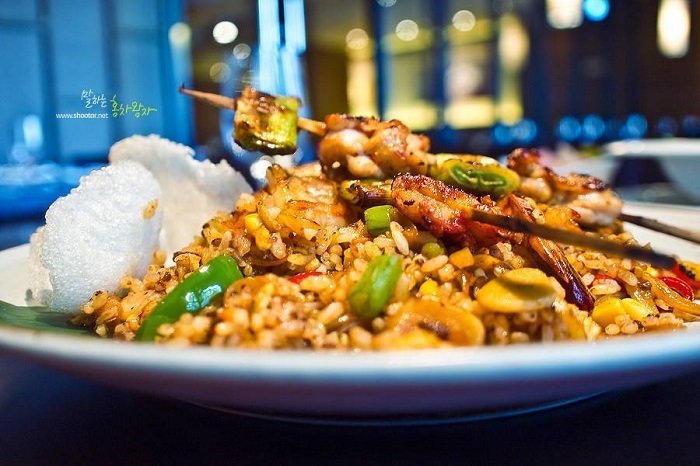
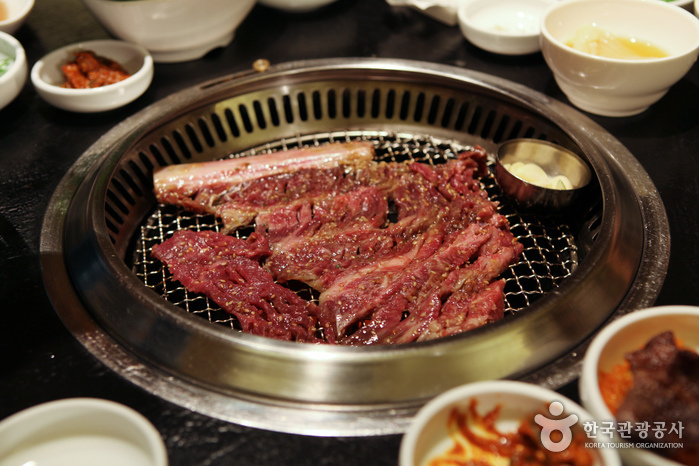
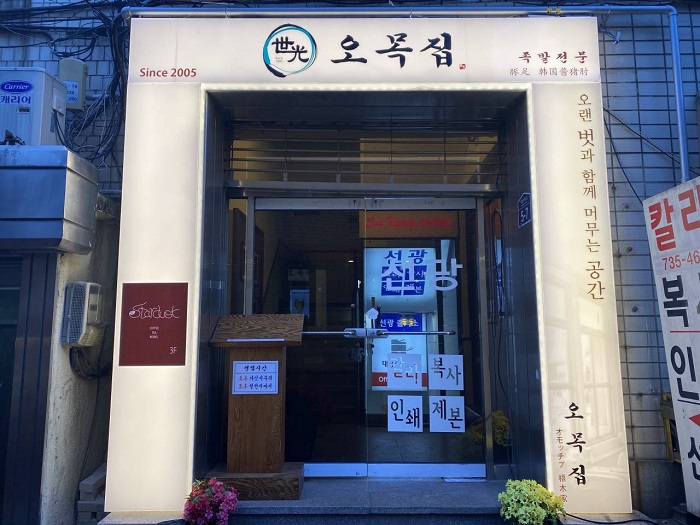
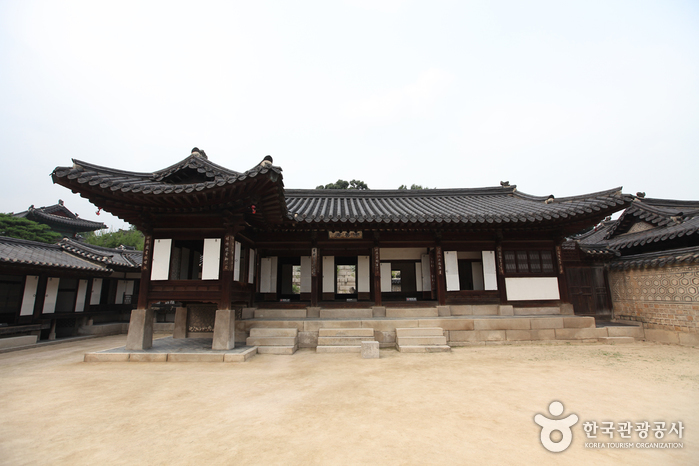
![Bukchonmaru hanok guesthouse [Korea Quality] / 북촌마루한옥게스트하우스 [한국관광 품질인증]](http://tong.visitkorea.or.kr/cms/resource/32/2574032_image2_1.jpg)
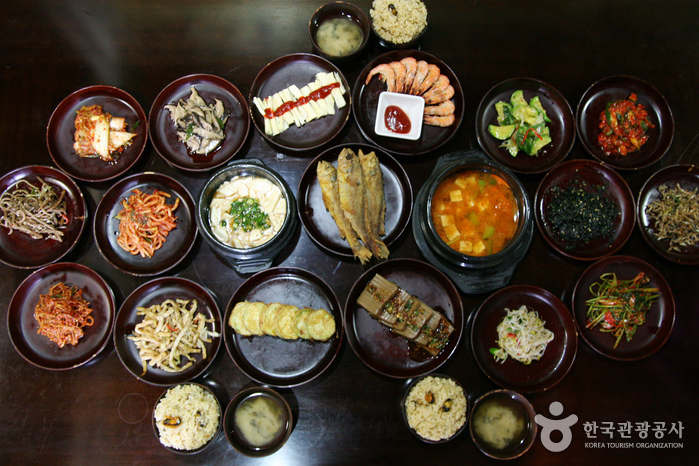
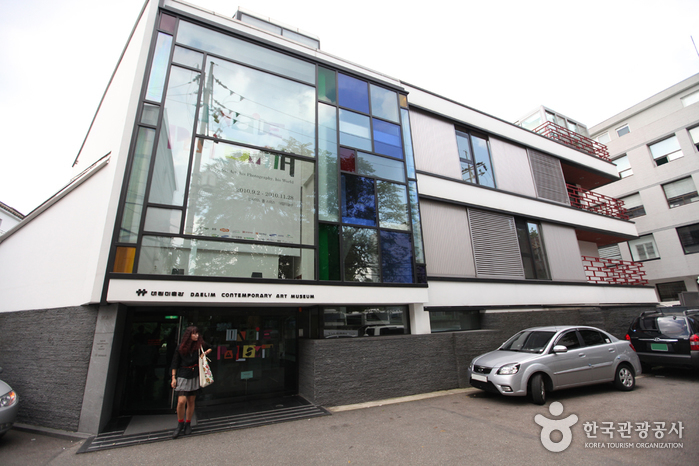

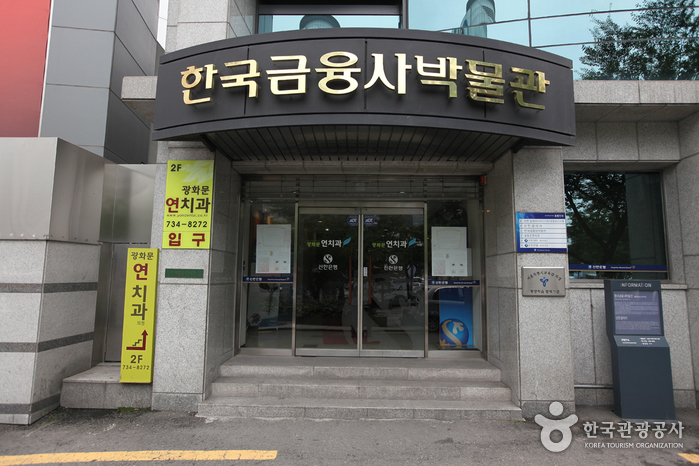
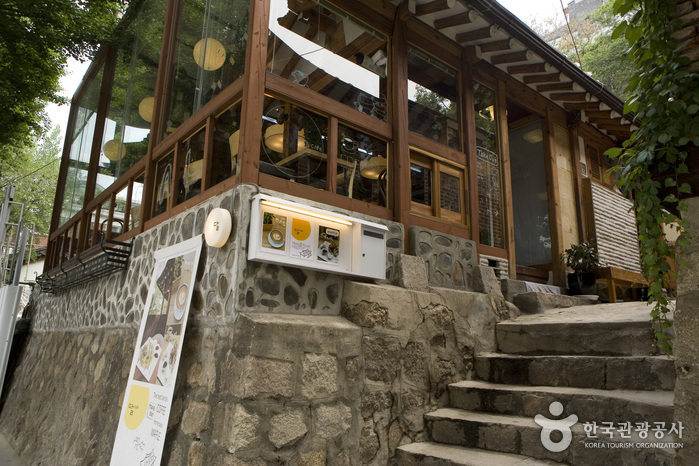
 Français
Français
 한국어
한국어 English
English 日本語
日本語 中文(简体)
中文(简体) Deutsch
Deutsch Español
Español Русский
Русский